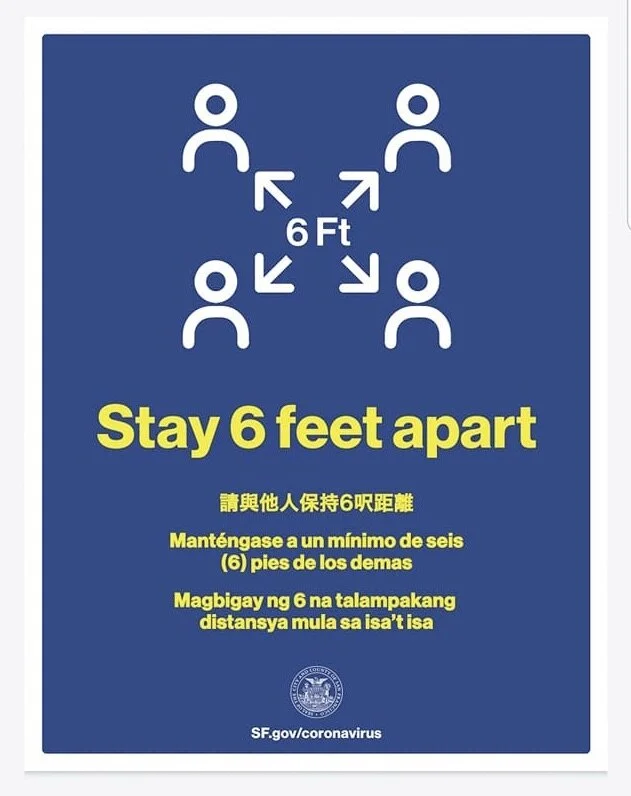The elementary years in a Montessori school are built around what's known as "Cosmic Education." This implies a broad education, but it's also meant to imply a connected education. Ideas aren't siloed off into different subjects, and children can move freely between them making their own connections. Moreover, a key theme of Cosmic Education is interconnection, not just of the curriculum, but of reality. Montessori children end up very aware that we are literally "made of starstuff," as Carl Sagan said, and that we depend on the sun, plants, and other animals for our lives. They also know that humans depend on each other in ways so complex that we can't possibly enumerate them. To my mind, these understandings are the foundations of peace. When we see ourselves as part of an interdependent web of humanity, then well-being is no longer a zero-sum game, and it’s natural to look for solutions, rather than to try to win.
But, in my experience, much of mathematics is often separated out from this cosmic vision. Yes, we tell stories about the origins of numerals and of measurement, and this is one key piece of Cosmic Education: every human idea has a history and a human story. But there is another side to Cosmic mathematics: every aspect of our reality is mathematical. These can range from the extremely simply--my toddler is obsessed with triangles (or "triangadols") and loves to find them in nature--to the extremely complex, such as the fluid dynamics involved in modeling and predicting the weather.
Here, in no particular order, are some ideas for places to find math. Many of the articles linked here are too complex for younger elementary children, but you can read them together or read them in advance and just share the parts that are most accessible. The most important thing is to look for math and learn to ask mathematical questions, not to explore any of these specific topics.
Plants and trees. You can find the Fibonacci sequence embedded in all sorts of plants. Fractals describe the branching patterns of trees, and in fact, this idea is an important part of creating realistic looking animations. You can explore density in a forest: is there an optimum number of trees or plants per square unit? How does it vary depending on the age of the trees or the climate? Here’s the first of three wonderful videos from Vi Hart explaining how and why the Fibonacci sequence shows up in plants.
Measure out a square yard or meter of land (measurement is math!) with string and observe it closely. Try to take an inventory of all the living organisms in that space. How many are there? Can you make a graph of the types of organisms? Does the number vary if you pick a different location?
Learn about how GPS systems work. The mathematics behind triangulating a specific location is quite interesting. The mathematics of how the signals are sent and received is also very interesting, but quite difficult. Here's an explanation from NASA to get you started, and here's a link to a poster from GPS.gov with a bit more information.
What's the furthest you can get from a library in your town? Voronoi diagrams can help you find the answer. The details of the math get a bit hairy, but the concept is quite simple, and you can create one using a straightedge and compass and no calculation at all. Here is a set of instructions for how to draw a Voronoi diagram by hand! If you really want to answer the library question, get a map of all the libraries in your town, and then you can make your own Voronoi diagram.
A Voronoi diagram
Right now, we all need to practice physical distancing. How could you use math to place tables or chairs in a room to ensure that everyone is 6 feet away from everyone else? Hint: this is not the answer:
Don’t measure physical distancing like this
Explore math in history and in other cultures. How many cultures have come up with variants on the Pythagorean theorem? The Pythagoreans get credit for the first known proof, but we know for a fact that plenty of other cultures knew the idea. How many times has Pascal's triangle been discovered? Why did the ancient Indians invent zero? How did the Babylonians actually manage a base-60 number system? Did you know that there's a culture in Papua New Guinea that uses a base-27 counting system?
These are just a few ideas to explore, but perhaps the single best way to start finding math in the real world is to go on a mathematical scavenger hunt. Start right where you are and ask: "where can I find a mathematical question?" Here are a few that I can come up with right now, just looking around from where I'm sitting:
How many lumens is that annoyingly bright patio light outside?
When I hear a siren outside my window, how does the volume change as the vehicle moves towards and then away from me?
What symmetries does the backsplash tiling in my kitchen have?
How many different ways could I arrange the shoes on my shoe rack? What if I wanted to keep them in pairs?
How do the FedEx people decide which packages should go in which trucks and what routes the drivers should follow?
What causes the interesting curls in the steam that rises from my teacup?
You do not need to be able to answer a mathematical question in order to ask it! Just learning to ask mathematical questions is an important skill by itself, and good questions are the single best way to inspire the work needed to find good answers!
Please share your questions and your children’s questions in the comments!


